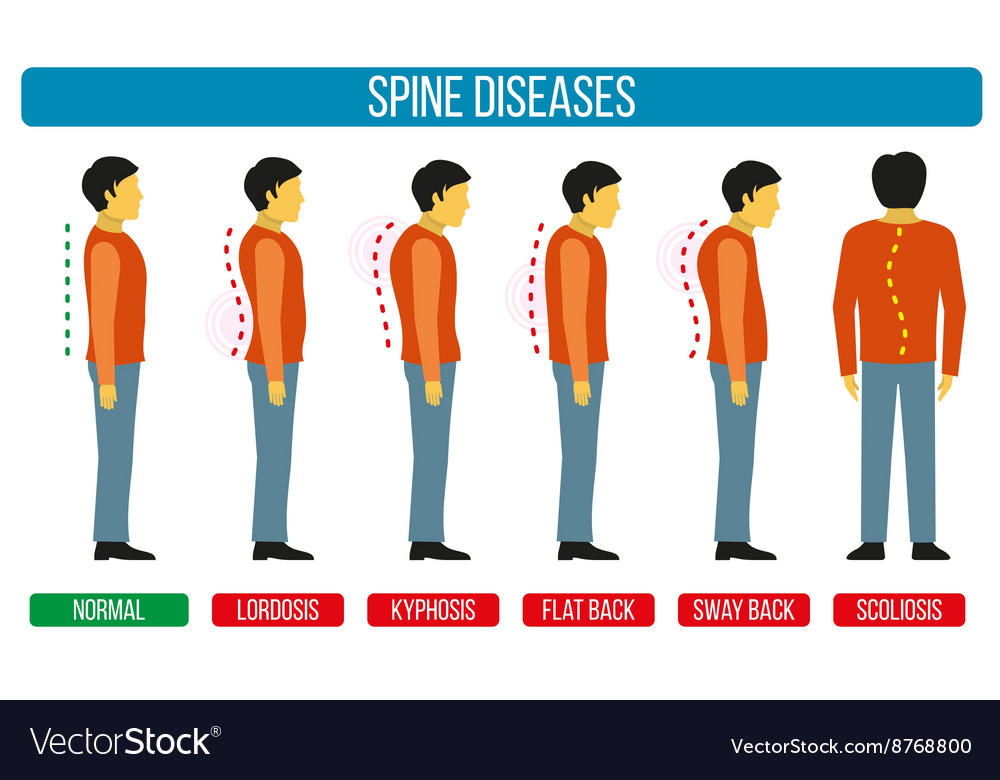The Relationship Between Stance And Pain In The Back: Techniques For Maintaining Correct Placement During The Day
The Relationship Between Stance And Pain In The Back: Techniques For Maintaining Correct Placement During The Day
Blog Article
Team Writer-Fletcher Rollins
Keeping appropriate stance isn't almost staying up directly; it has to do with straightening your body in a way that supports your back and reduces the risk of back pain. The means you sit, stand, and relocate throughout the day can dramatically influence your back health and wellness. However exactly how specifically can you make sure excellent positioning consistently, also throughout busy days full of numerous activities? Allow's dive deeper right into the refined yet impactful changes you can make to your day-to-day routine to keep your back happy and healthy and balanced.
Relevance of Correct Position
Correct stance is vital in preserving a healthy and balanced back and protecting against discomfort. When https://adjustmentchiropractornea73940.qodsblog.com/32114924/chiropractic-look-after-family-members-advantages-for-all-ages sit or stand with excellent posture, your spine is in placement, decreasing pressure on your muscle mass, tendons, and joints. This alignment permits the body to disperse weight evenly, protecting against too much tension on specific areas that can bring about pain and discomfort. By keeping your spine correctly lined up, you can likewise boost your breathing and digestion, as slouching can compress body organs and restrict their performance.
Additionally, maintaining great stance can boost your general appearance and confidence. When you stand tall with your shoulders back and head held high, you show confidence and appear even more friendly. Good stance can additionally make you really feel extra energized and sharp, as it promotes proper blood circulation and permits your muscles to function effectively.
Including proper position into your daily routine, whether sitting at a desk, walking, or working out, is necessary for avoiding pain in the back and promoting total well-being. find out here now in mind, a little adjustment in how you hold on your own can make a considerable distinction in how you really feel and work throughout the day.
Common Postural Mistakes
When it comes to preserving good position, lots of people unwittingly make common mistakes that can contribute to pain in the back and discomfort. Among one of the most common errors is slumping over or stooping over while sitting or standing. This position places extreme pressure on the spine and can lead to muscle mass inequalities and pain over time.
An additional typical mistake is overarching the lower back, which can flatten the natural curve of the spinal column and create discomfort. Additionally, crossing legs while sitting might really feel comfortable, however it can produce an inequality in the hips and pelvis, causing postural concerns.
Utilizing a cushion that's too soft or as well firm while sleeping can additionally impact your placement and add to neck and back pain. Finally, continuously craning your neck to check out screens or readjusting your position regularly can strain the neck and shoulders. Bearing in mind these common postural blunders can assist you maintain far better positioning and decrease the risk of neck and back pain.
Tips for Correcting Alignment
To enhance your positioning and lower back pain, it's essential to focus on making small modifications throughout your daily regimen. Start by being mindful of your posture. When sitting, guarantee your feet are flat on the floor, your back is straight, and your shoulders are loosened up. Avoid slouching or leaning to one side. Use ergonomic chairs or cushions to support your lower back.
When standing, distribute your weight uniformly on both feet, maintain your knees a little curved, and embed your pelvis. Engage your core muscles to support your spinal column. Take breaks to extend and walk if you have an inactive work. Include exercises that enhance your core and back muscular tissues, such as slabs or bridges.
While sleeping, use a cushion that supports the all-natural curve of your neck to keep proper spinal positioning. Stay clear of sleeping on your tummy, as it can strain your neck and back. By bearing in mind these pointers and making small changes, you can progressively correct your placement and minimize back pain.
Verdict
Remember, preserving excellent position is key to avoid neck and back pain and promoting back health and wellness. By being mindful of your placement, dispersing weight evenly, and engaging your core muscle mass, you can minimize pressure on your back and minimize the risk of discomfort and injury. Integrate ergonomic support, take regular breaks to stretch, and enhance your core and back muscles to maintain appropriate positioning throughout the day. Your back will thanks for it!
